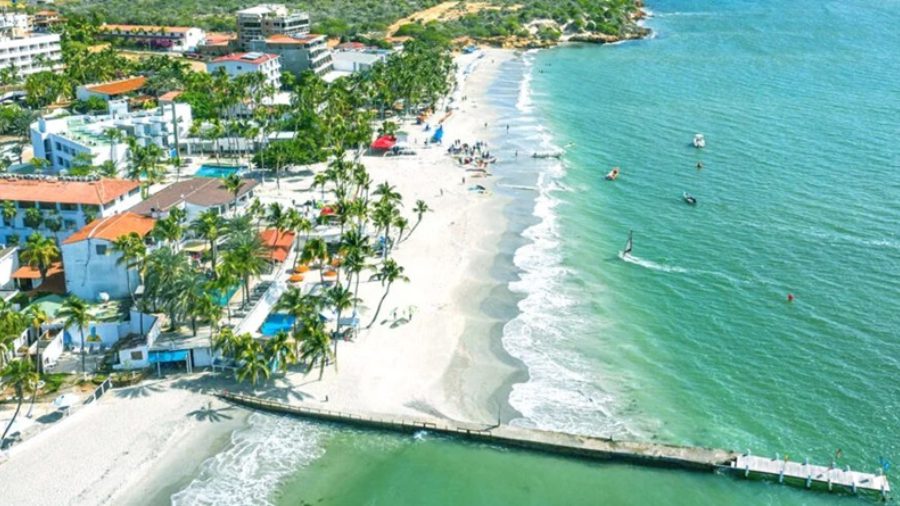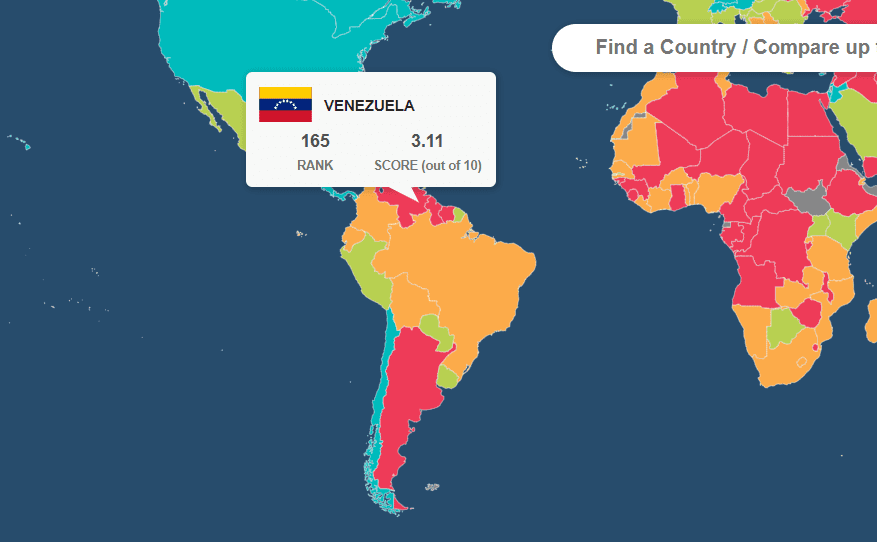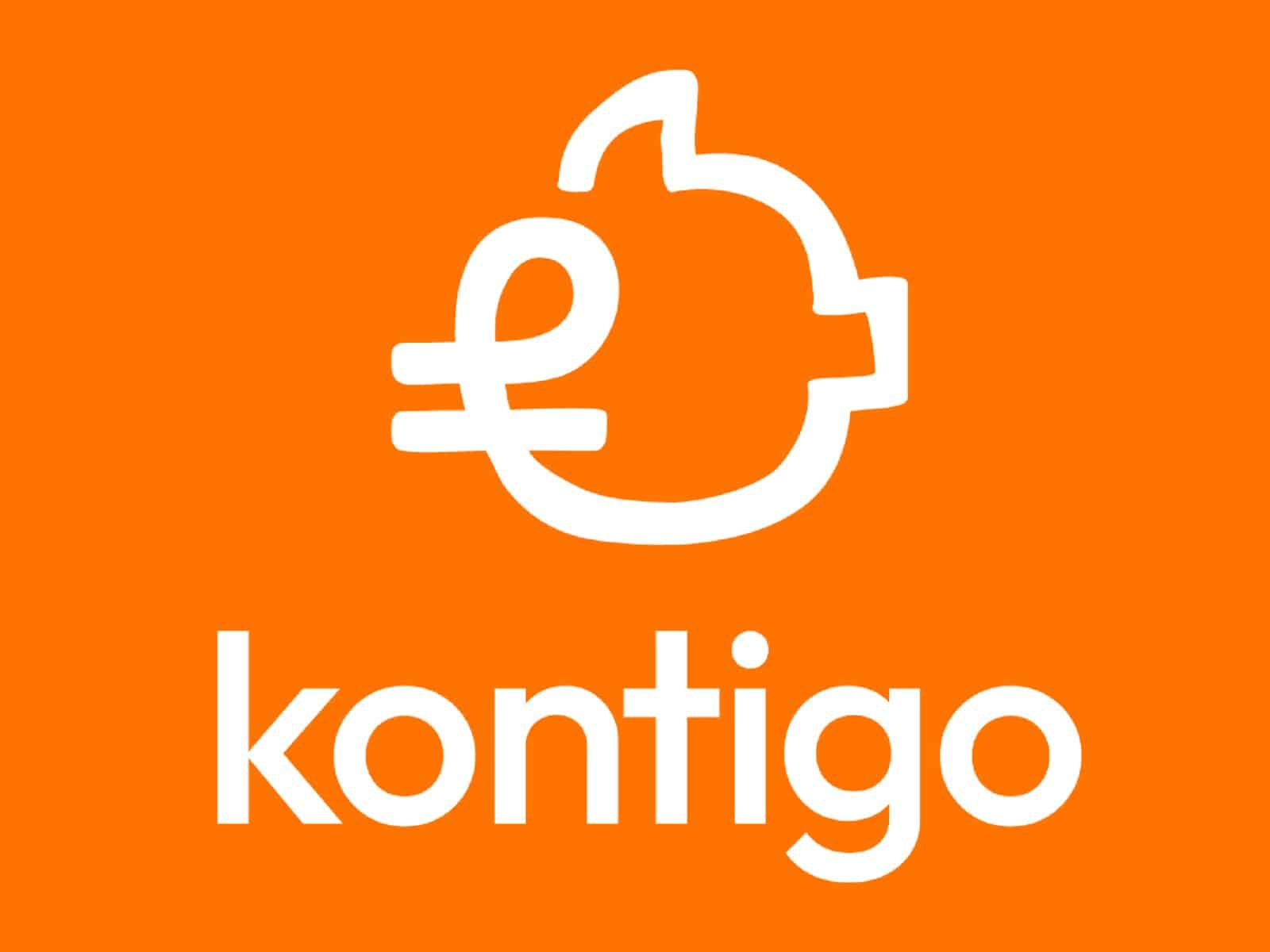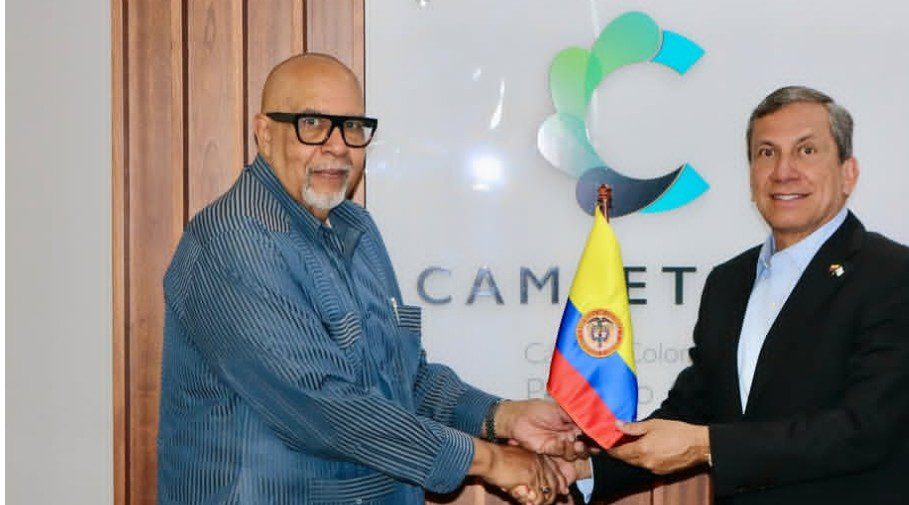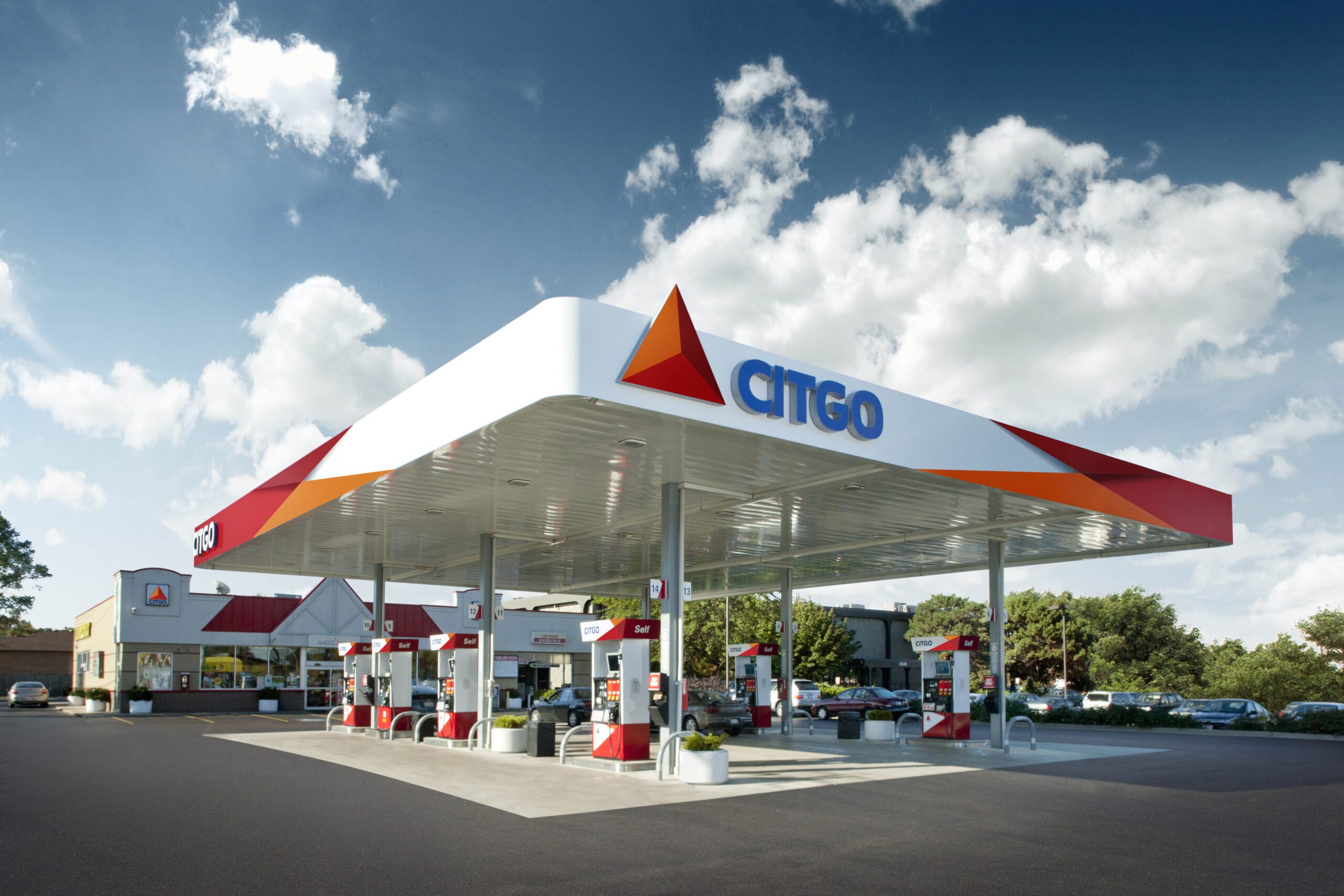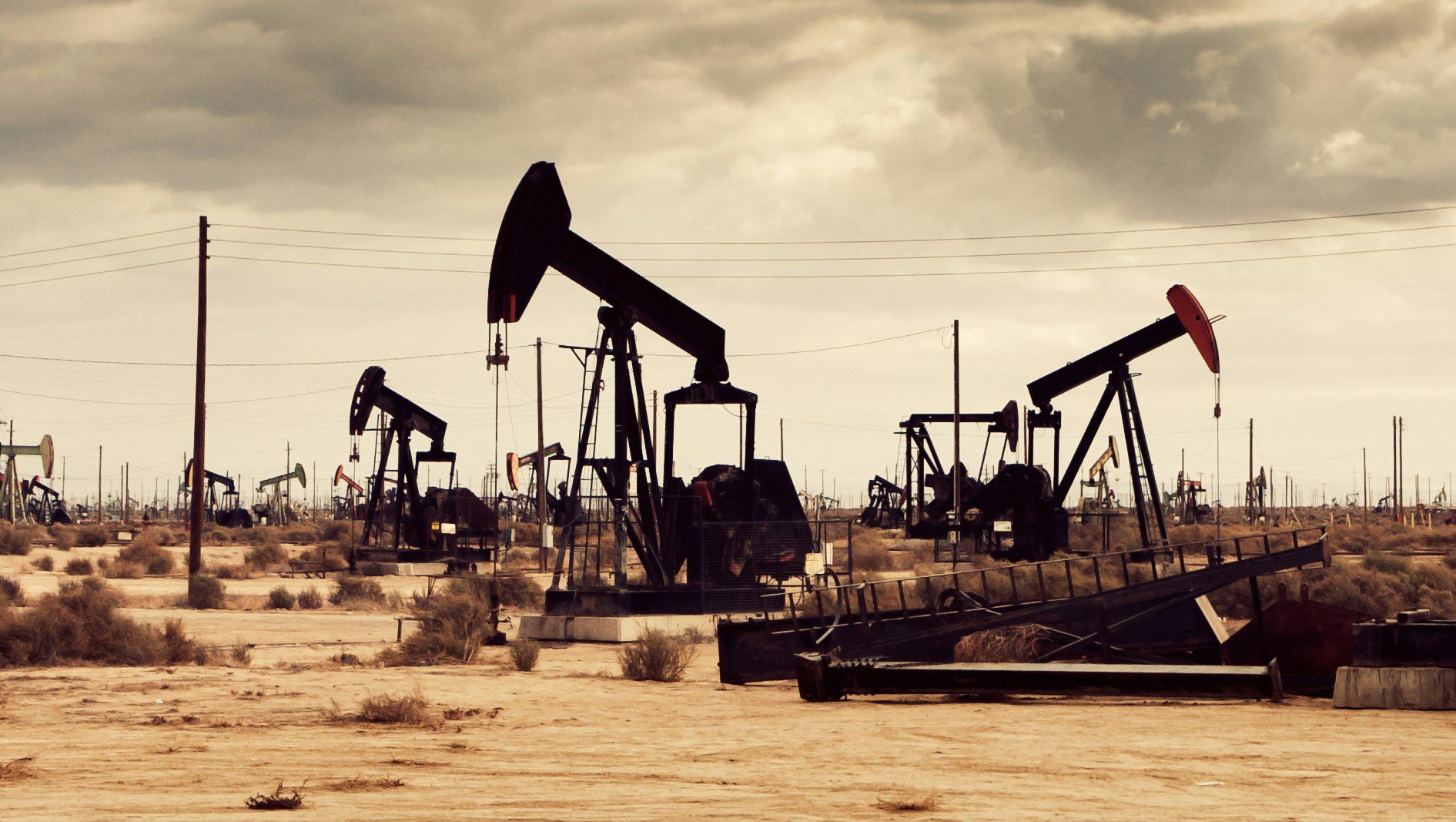Photo of the headquarters of the Central Bank of Venezuela. Caracas a pie.
Guacamaya, March 25, 2025. The informal exchange rate closed this Tuesday, March 25, at Bs. 95.60 per dollar, marking a historic 40% gap compared to the official rate (Bs. 68.39) and nearing the 100-bolivar threshold.
The situation worsens following the announcement of new U.S. sanctions that will impact oil production and deepen the economic recession, though the exchange rate had already been declining since mid-2024.
The country has not received explanations from any authorities, as would be expected from the Central Bank of Venezuela (BCV) or the Ministry of Economy and Finance.
The Venezuelan foreign exchange market is facing its worst strain in five years. The parallel dollar rate, published by the platform Monitor Dólar Venezuela, surged by nearly 3 bolivars in a single day this Tuesday, closing at Bs. 95.60, while the BCV kept its official rate at Bs. 68.39. This 40% disparity even surpasses the peak seen in late 2022 and reflects 267 consecutive days with a gap exceeding 10%.
External Pressure and Oil Sector Decline
The crisis intensifies after Washington’s measures: first, the revocation of Chevron’s license, followed by a 25% tariff on buyers of Venezuelan crude starting April 2. According to Ecoanalítica, these sanctions could reduce oil production by 33% to 50% over the next year, accelerating economic contraction.
Ecoanalítica’s projection report warns that with the sanctions and Chevron’s exit, GDP could fall between 2% and 3% in 2024, with a 20% contraction in the oil sector. Additionally, the report forecasts 189% inflation and a parallel exchange rate between Bs. 130 and Bs. 160 per dollar by December.
Social Impact and Lack of Policies
The exchange rate surge is eroding purchasing power amid a three-year wage freeze. Businesses and citizens face prices indexed to the parallel dollar, while the government offers no adjustments or measures to curb the spiral.
Although the BCV slightly accelerated the official devaluation in the last quarter of 2023, analysts insist the rate does not reflect the real market value. With the sanctions taking effect and reduced foreign currency inflows, pressure on the bolivar could force an abrupt adjustment in the coming months.
The exchange gap reported this Tuesday is the highest in five years, marking 43 consecutive days with a differential above 20%. The last similar peak was in December 2022.


